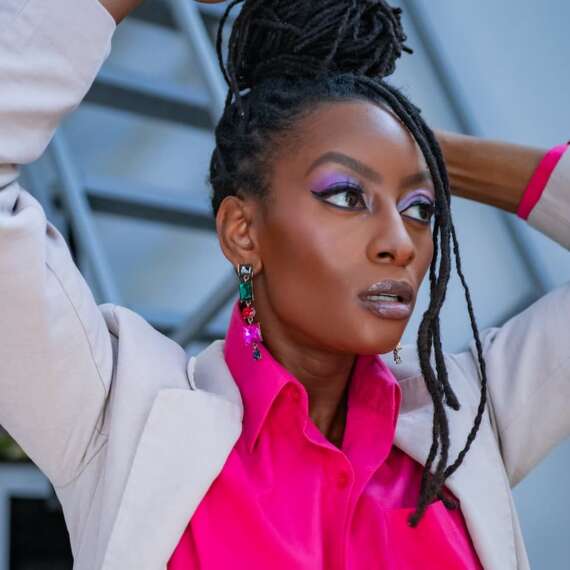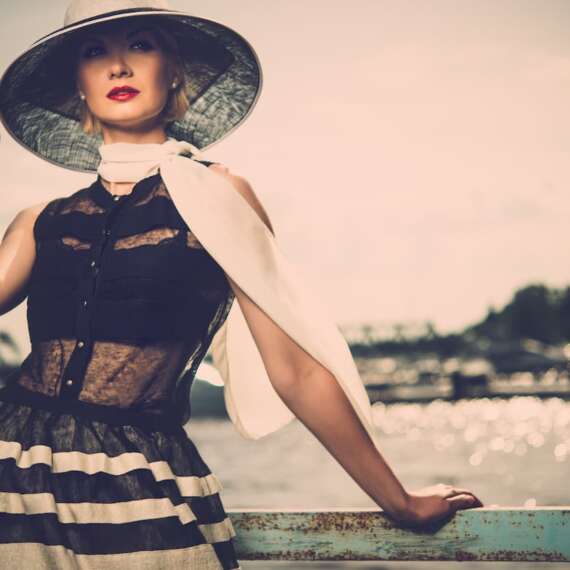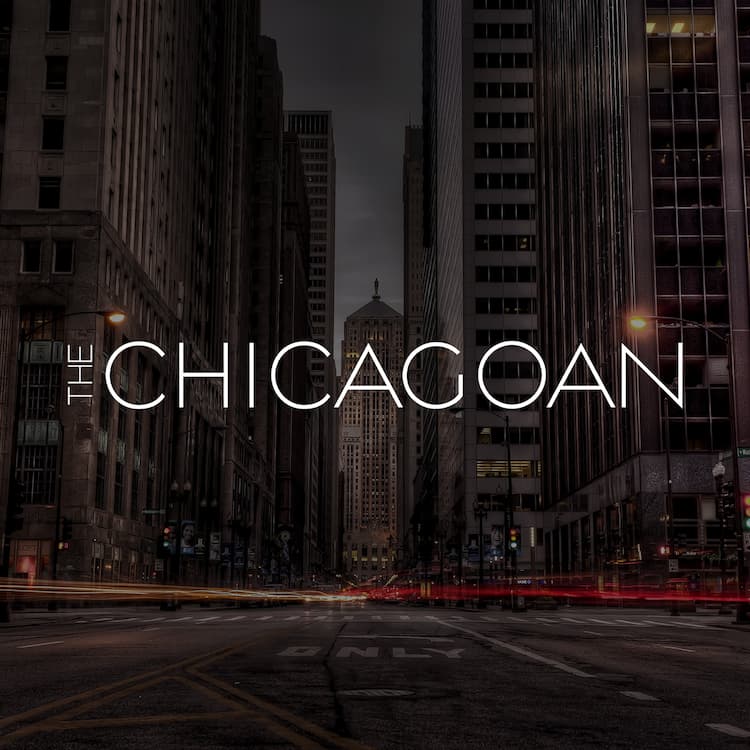Luxury used to mean excess—rare materials, limited editions, and the kind of craftsmanship that whispered exclusivity. But that definition is changing. Today, the most prestigious brands in fashion aren’t defined by how much they produce, but by how little they waste. Sustainability has evolved from an ethical stance into an aesthetic of restraint. The new elite understands that refinement isn’t about accumulation; it’s about precision.
The shift didn’t happen overnight. For years, sustainability was seen as a moral accessory—something brands mentioned in annual reports or tucked into capsule collections. Now it’s the center of strategy. A 2025 Bain & Company study found that 62% of luxury consumers consider a brand’s environmental responsibility when making a purchase, up from just 28% a decade ago. The cultural shift is clear: ethics have become aspirational. The rarest thing in fashion today isn’t scarcity—it’s sincerity.

High-end houses are treating sustainability not as damage control, but as design language. When Stella McCartney introduced regenerative cotton and mycelium-based leather into her collections, it wasn’t a marketing stunt—it was material innovation reframed as luxury. Hermès’ decision to develop Sylvania, a mushroom-based leather alternative, proved that even legacy brands see ecological intelligence as the next form of craftsmanship. The message is subtle but powerful: true luxury now includes accountability.
In this context, transparency itself has become a status symbol. Brands like Gucci and Chloé have begun publishing annual environmental impact reports alongside creative campaigns. Instead of secrecy, they sell clarity. And consumers, increasingly fluent in the economics of sustainability, are rewarding that honesty. Research from the NYU Stern Center for Sustainable Business shows that products marketed as sustainable grow 2.7 times faster than those that aren’t. Transparency isn’t just good ethics—it’s good business.
The intersection of couture and conservation reveals something even more interesting: the most sustainable processes are often the most luxurious by nature. Consider haute couture, where a single garment can take hundreds of hours to complete by hand. The precision, the permanence, the personal fit—these principles inherently reject waste. In a world built on mass production, slow craftsmanship has become revolutionary. The idea that something was made just for you, with care and patience, now carries more prestige than any logo ever could.

Technology is reinforcing this redefinition. Artificial intelligence, 3D sampling, and digital twins are allowing designers to reduce waste before a single fabric is cut. Burberry’s adoption of digital prototyping has cut physical samples by nearly 30%, while Balenciaga’s virtual showrooms have reduced travel-related emissions without sacrificing spectacle. These innovations prove that sustainability isn’t about compromise—it’s about creativity under new constraints. The future of luxury design will be measured by how intelligently it uses its resources, not how many it consumes.
The new luxury also values longevity over novelty. Consumers at the top end of the market are shifting from seasonal rotation to long-term investment. Repairability and timeless design have become symbols of discernment. Patagonia’s “Worn Wear” initiative and Eileen Fisher’s “Renew” program are leading examples of how circularity can carry as much cachet as couture. The message is clear: in a world drowning in disposable fashion, keeping something for years has become a quiet act of rebellion—and refinement.
For emerging designers, this shift opens opportunity. Sustainability is no longer an add-on; it’s an entry point. Independent labels like Another Tomorrow and Gabriela Hearst are redefining what modern elegance looks like by fusing transparency with tailoring. Their success shows that you don’t need a century-old heritage to earn credibility—you need clarity, integrity, and design that holds meaning beyond the moment.

If you’re building or buying within this new system, the lesson is the same: sustainability and luxury are now inseparable. The old idea that ethical fashion looked rustic or less refined is gone. The new luxury is quiet, intelligent, and enduring. It’s found in a perfectly mended hem, a traceable silk, or a garment designed to outlive the algorithm that sold it.
Luxury has always been about signaling—about communicating what matters. What’s changing is the language. Opulence without conscience now feels dated. Refinement today is about control, not excess; permanence, not popularity. The future of fashion won’t belong to the loudest or the most extravagant—it will belong to those who can make restraint feel exquisite. Because in this era, sustainability isn’t just responsible—it’s seductive.











